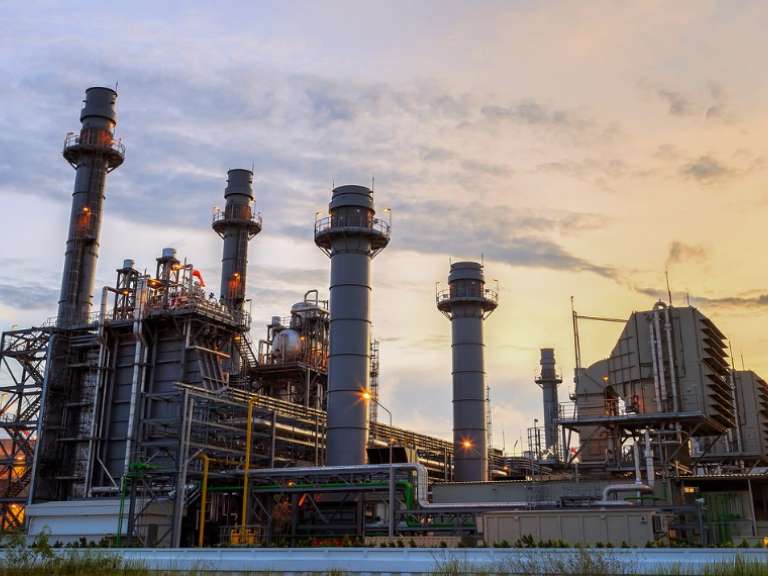Asset managers can now effectively upgrade aging, but rugged, B- and E-class gas turbine power generation assets with advanced gas path (AGP) technology. Plants around the world have already applied services that rely on AGP technology to other fleets, such as F-class turbines, and its use is expanding to 6B units.
With recently developed technologies and improved upgrade processes, asset managers can boost the performance and extend the economic life of existing units—in some cases enabling them to perform to nearly the same standard as new machines.
It's a Different World, and It Will Keep Evolving
Many of the existing machines in fleets across the globe were designed and built as many as 25 years ago, when sophisticated computer modeling and design capabilities didn't exist. With today's computing capabilities, however, it's possible to refine the shapes and change the actual materials incorporated in various upgrade parts.
Upgrade solutions often combine controls software with new designs and advances in the actual materials used. One example of this is an AGP hardware upgrade, which involves redesigning all three stages of the buckets, nozzles, and shrouds. Each individual element is designed to complement the other pieces that compose the integrated solution.
The entire upgrade process continues to make strides, as relevant technologies improve. Additive manufacturing is one area that demonstrates great promise. It's now possible, for example, to refine the design of power nozzles and print customized variations that improve performance. This area is just beginning to mature; as it does, the AGP upgrade process will continue to improve.
This approach was initially applied to F-class turbines, but those experiences have since been transferred to different fleets, including the B and E machines. The results have been impressive. For example, recently upgraded 6B turbines have seen firing temperatures increase by as much as 4-5% percent, and heat rate improvements jump on the order of 2-3%. In addition to GE's legacy turbines, similar upgrades have been performed on the Alstom GT13E2, GT24, and GT26 units as well.
Different Circumstances Call for Customized Upgrade Solutions
Upgrading power generation assets requires more than a one-size-fits-all approach. The decision of how to implement upgrades like AGP technology very much depends on the specific circumstance of the generating asset and the tasks it's expected to perform. A critical part of that equation is understanding—and planning for—the appropriate balance between heat and electricity, a ratio that may change over time as power prices and operational circumstances evolve.
Although AGP upgrade opportunities can be significant, it's critical that asset managers first understand how the plant is using the machine in question, as well as the broader environment in which it operates. For example, many of these workhorse machines are deployed in industrial environments, where the heat produced is highly valued, and the necessary additional energy can be purchased from the grid.
In a case of that nature, the AGP upgrade process would focus on increasing heat output. By contrast, the same process applied to a 6B machine that serves as a critical grid reliability element would focus on increasing power output.
What to Do, How to Do It, and Why
Once asset managers clearly define their upgrade goals, it's then important to determine the specific upgrades that are possible at various points within the maintenance cycle. For example, flange-to-flange upgrades may yield valuable benefits, but may not be feasible if the plant cannot accommodate the extended downtime required. Conversely, asset managers can synchronize many other upgrade options within shorter timeframes during a major inspection or recertification.
As electric grids evolve in certain regions, these upgrades are becoming increasingly critical. In North America and Europe, for example, baseload operating conditions are becoming rare, and operators must increasingly focus on deriving revenue during specific periods. This often requires more flexibility—something an AGP upgrade can deliver by increasing incremental heat rates to improve operational capabilities. Where machines operate at higher firing temperatures, the AGP upgrade process can also extend maintenance inspection intervals from 24,000 to as many as 32,000 hours, according to GE Power.
When considering upgrades, plant leaders' decisions regarding what to do—and how to do it—should also reflect business cases and cost-benefit calculations. With an aging machine, for example, it may be better to install a used part and sacrifice some potential upside than utilize a costlier, new element.
Another challenge is that the right decision in today's environment may not be right for tomorrow. In some areas, where renewables are rapidly flooding power grids, the ability to make quicker, short-term fixes to gas plants at lower costs is valuable.
Whatever conditions these aging turbines face, asset owners and managers should seriously consider AGP technology upgrades, as the potential upside can be quite significant.
